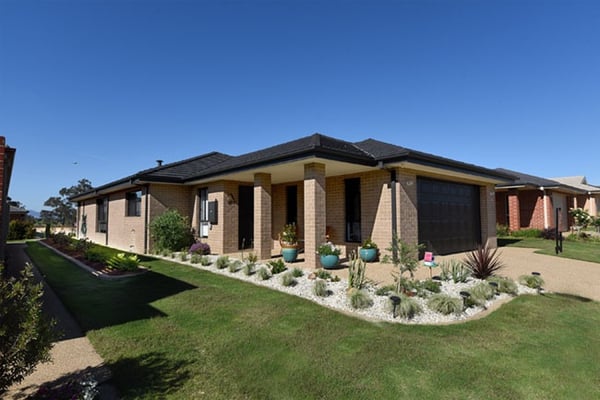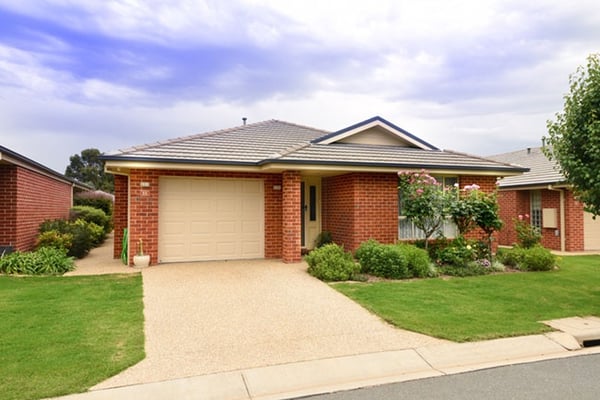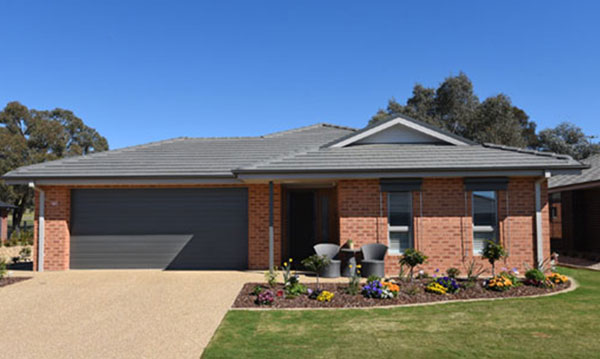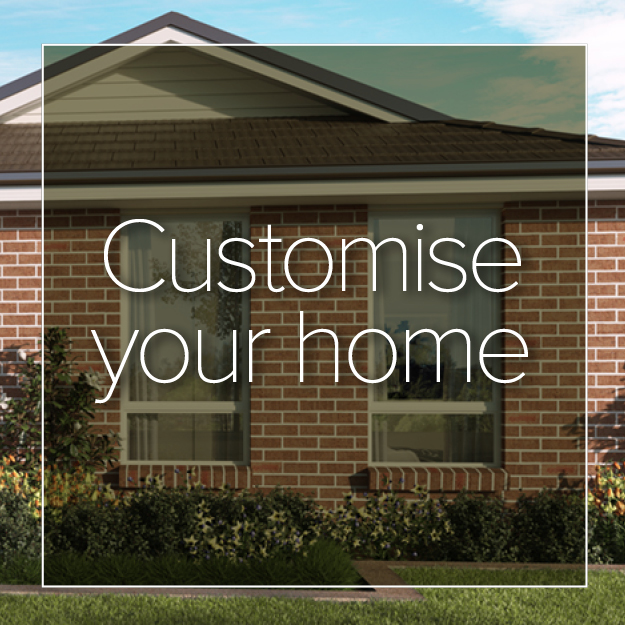The advantages of living in a home on one level
As you head towards retirement a low set home offers you a wide range of benefits. Apart from the obvious – no stairs! – there are many more reasons to consider a move from two levels to one.
Your large home may have been the perfect place to bring up your family. Right now you have plenty of space and plenty of energy to traverse those stairs – yet sometimes it just feels right to start looking at some fresh options.
The kids have flown the nest and now have families of their own, so there’s no need for all those bedrooms and bathrooms. You want to simplify your life and get rid of some of the clutter. It’s also taking time and energy just to keep such a large house in order – and those stairs are somehow getting steeper with each passing year!

It’s time to think about your needs. What will work best for you, both now and in the years ahead? Of course, you still want a home that is beautiful, spacious and functional – it’s just that you want that home to be more suited to the life you want to live in retirement.
Here are just a handful of the many positive reasons to choose a single-level home for this next exciting chapter of your life.
1) Running costs decrease with one level living
One of the great advantages of a single storey home over its larger counterpart is the cost saving. Two storey homes have much more area to heat and cool, so it becomes more difficult to regulate the temperature, and your air conditioner has to work harder.
It’s a lot easier to control the climate in a single storey home, so you’ll find your electricity bill should be less all year round.
Staying in your two storey home may end up costing you more down the track too if mobility issues arise. Adding ramps, converting downstairs to a granny flat, installing a stair lift – the costs all add up when you find yourself having to add age-friendly features to a double storey house.
2) Stairs can become a safety hazard
It’s important to remember – if you haven’t already realised – that you’re not invincible. As our bodies age, they don’t ‘bounce’ like they used to... even though they may wobble a little more! Stairs can be very dangerous, even for the most sure-footed, fit and cautious. One slip or fall can mean permanent damage, disability, or worse.
And it’s not just your own safety you should think about. Stairs may prove a hazard for your young grandchildren too, so have a think about whether it would be safer all ‘round to leave the stairs behind and get everyone down on ground level.
3) Easier access – inside and out
If you’ve been used to living in a two storey home, you’ll find it’s much easier having everything just a few steps away. The beauty is there’s no more having to ‘plan’ your trips up and down the stairs to have a shower, do the washing, take a nap, or check the stove.

You may not want to, but think ahead to the possibility of hip replacements, knee replacements, back problems or others issues that plague people in their older years. You may be able to fly up and down your stairs now, but you’re just one operation away from being laid up downstairs while you recover. That could prove a major inconvenience not only for you, but for those caring for you.
4) Greater visibility means more security
Knowing that your front and back doors are visible and easy for you to access within a few paces gives you great peace-of-mind. You can quickly respond to visitors and parcel deliverers, while unwanted visitors won’t have time to linger too long.
5) The argument for exercise
Those living in a two storey home may argue that the stairs keep them fit. That’s fine when you’re already fit. But as we’ve mentioned, they can also prove hazardous. Slips and falls can bring serious injury that can hamper your active lifestyle.
Your home should be a safe place to live in and enjoy, not a form of exercise! You can always trade the stairs for going out for a walk or bike ride, joining the gym, or finding other activities to keep you fit.
6) You’ll save time looking after your home
Keeping your home in good condition can sometimes be a full time job. It seems there’s always something to fix, clean or maintain. Whether you do the work yourself or have the help of others, there’s still a cost involved. High-set homes have more windows to clean, harder to reach gutters and often, high ceilings to clear of cobwebs.
A low set home is that bit easier to look after, leaving you more time to enjoy your retirement lifestyle!
7) One storey houses can be more ‘homely’
There’s some sort of comfort that comes with not being too far from anything, especially as you get older or find yourself living alone. It can be quite disconcerting if you’re asleep upstairs and you hear movement downstairs – even if it’s only a tree tapping against a window. You want to feel happy, safe and relaxed in your own home, and a smaller home can provide that sense of contentment.

8) Communicating becomes a whole lot easier
Have you thought about how much easier it will be to communicate with each other (and visitors) in a single-storey house? No more yelling up the stairs that ‘Dinner’s ready!’
When everyone is living on the same level it also encourages you to spend more time together, rather than living in separate areas upstairs and downstairs. You can still choose to have your own space, but you’ll be close by if you need each other for anything.
9) The convenience of moving just once
Let’s face it, moving house is never a fun job – at any age! But if you take the time to choose the right home now, you’ll find it can support your retirement lifestyle for many years to come.
If you opt to keep your double storey home, you’re sure to find that you’ll have to move once the stairs become too much (as they invariably will), or the electricity costs get out of hand, or the home maintenance just gets too much to handle.
You want to be well and truly settled in your new retirement house and able to enjoy it while you’re still active – and not wait until circumstances force you into making the decision to move.
Find out how to choose your ideal home for retirement
Whether to keep your two storey home in the suburbs, or downsize into a more convenient, affordable and safe single level home is just one of the decisions you’ll be faced with in retirement. The great news is that there are so many living options on offer!
The Kensington Gardens team have put together a little brochure – The Best Retirement House Design Features – to help you in that process. They’re our top 12 tips for what to look for in your home for retirement so you can enjoy the lifestyle that really suits you.
To see Kensington Gardens for yourself, arrange your personal tour by calling us today or get in touch online to book a time.





